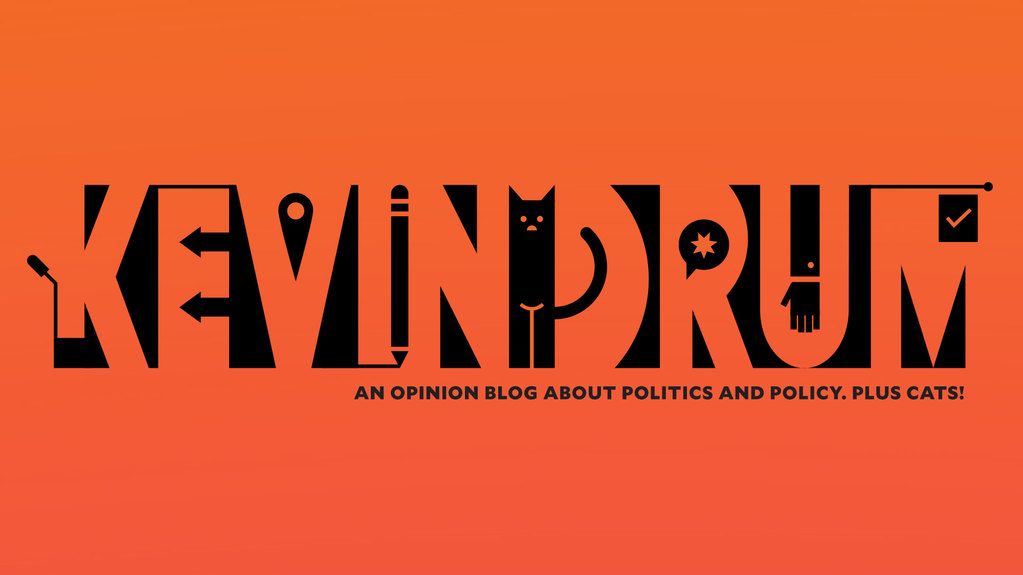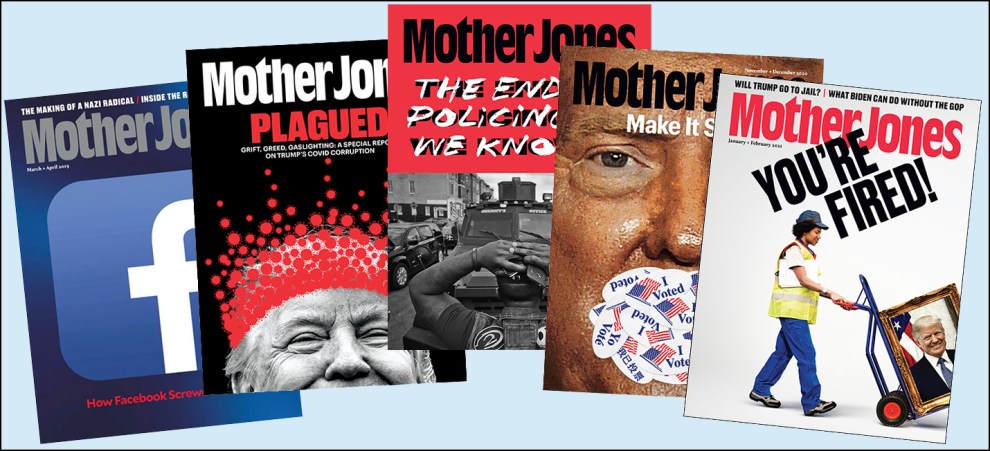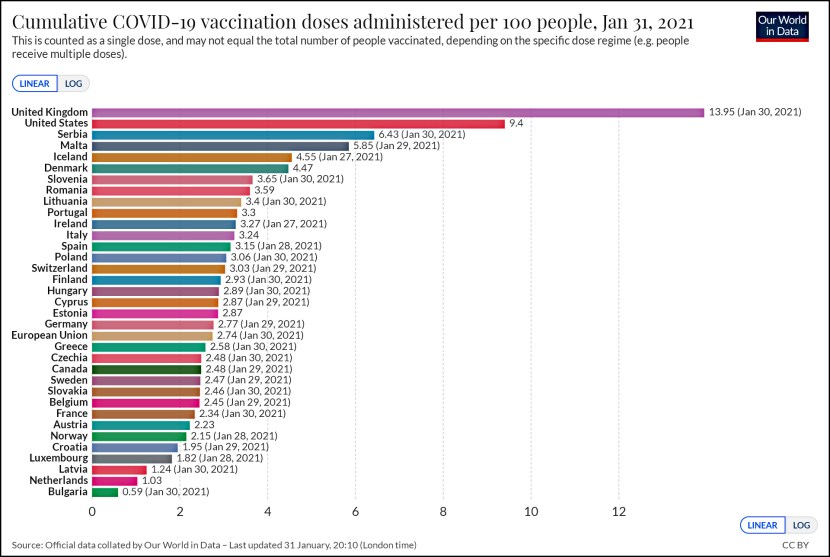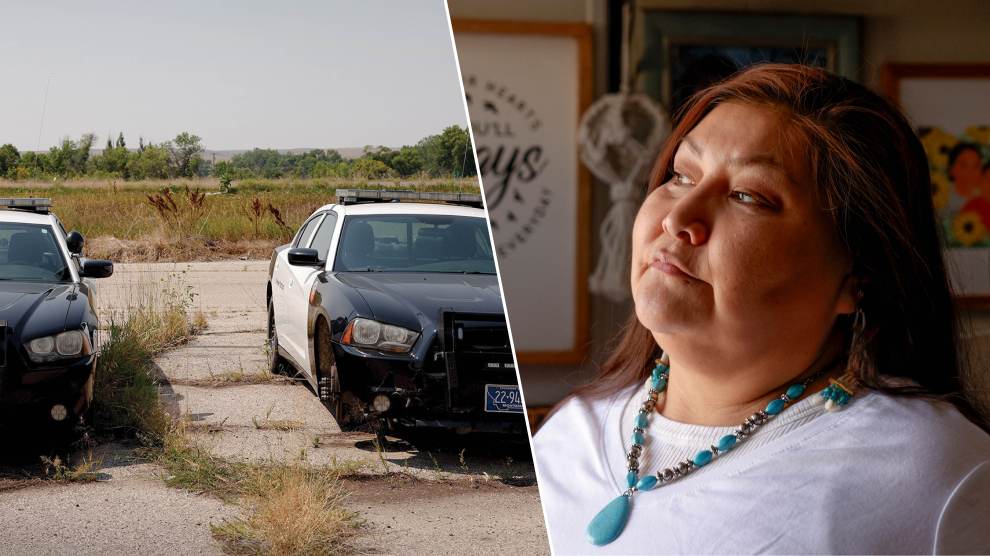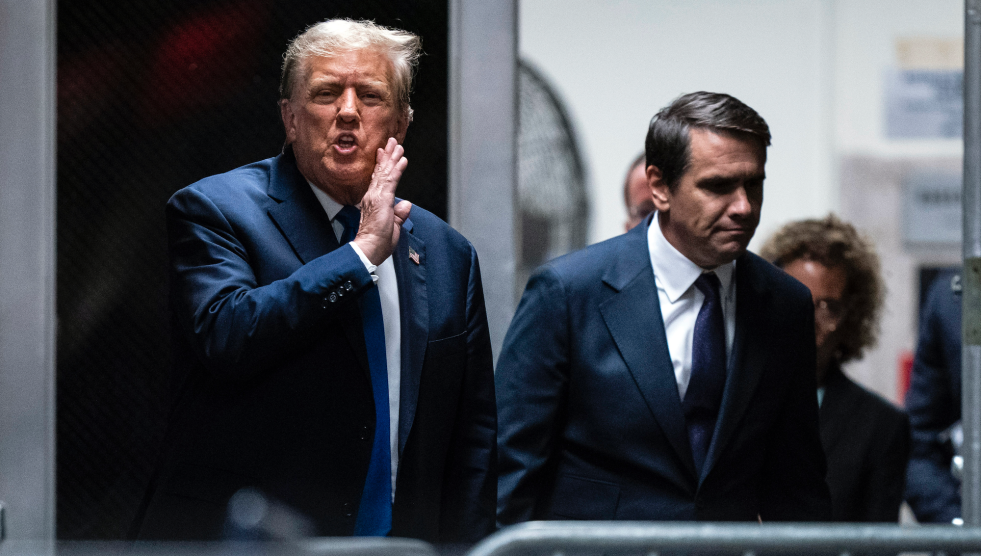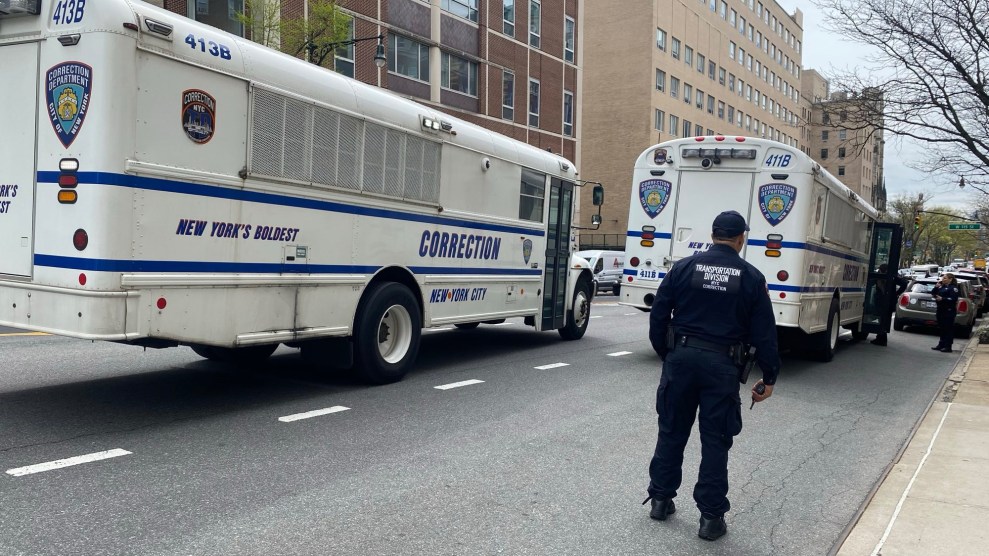James Kwak explains why the latest Treasury rescue plan is great for Wall Street, not so great for the rest of us:
There is nothing inherently wrong with convertible preferred stock. In Silicon Valley, for example, venture capitalists almost always invest by buying convertible preferred. The idea is that in the case of a bad outcome, the VCs are protected, because their shares have priority over the common shares held by the founders and employees….
However, in a good outcome, the VCs can exchange their preferred shares one-for-one for common. So if the company gets sold for $100 million, the VCs convert, and they now own 50% of the common stock, so they get $50 million.
….The key in the Silicon Valley example is that the VCs have the option to convert or not. The Treasury Department’s new Capital Assistance Program has this precisely backwards….The bank, AT ITS OPTION, can choose to convert the preferred shares into common, at 90% of the average closing share price during the 20 days ending on February 9.
….What’s wrong with this? Well, nothing, if your goal is to give banks money. What you’ve just done is stick the government with the downside risk — we could get paid back in worthless stock — while the bank shareholders get all the upside potential. You’ve done this by giving the bank, for free, an option that has value. Back of the envelope, Peter [Boone] thinks this option is worth about 65 cents per dollar of money invested. (It’s worth so much because bank stocks are so volatile these days.) Put another way, for every $10 billion of capital we invest this way, we are giving away another $6.5 billion.
The rest is a little complicated but worth reading anyway. “There are some very clever people in Treasury these days,” Kwak says, and they’re expending a lot of brainpower figuring out ever more elegant ways to spend taxpayer dollars in ways that won’t offend the delicate sensibilities of the folks getting the checks.


